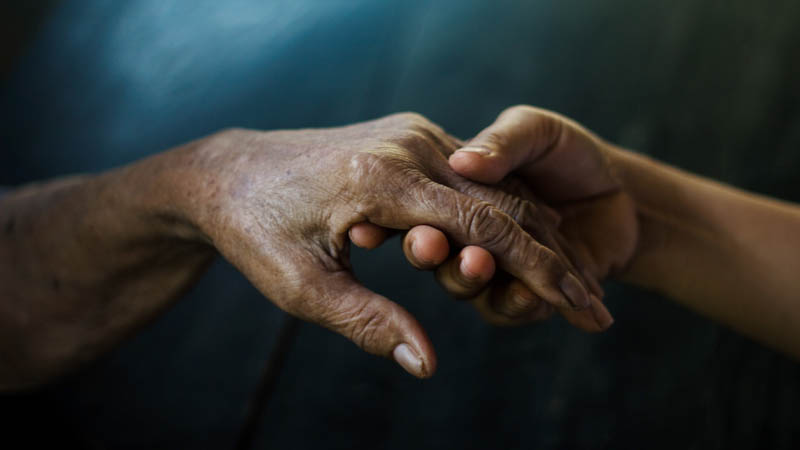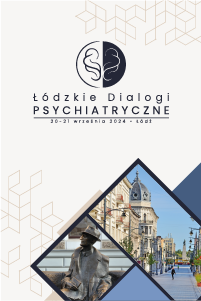The image of an ideal psychiatrist in the eyes of medical students, patients and doctors involved in psychiatric care
 Affiliacja i adres do korespondencji
Affiliacja i adres do korespondencjiAim: The aim of the study was to determine differences in the image of ideal psychiatrist (IIP) among patients, doctors involved in psychiatric care and medical students and also between individuals with different work experience (doctors vs. students). The psychiatrist’s personality seems an important factor in supporting therapeutic process; therefore it is worth searching for the patient’s needs. Materials and methods: Three groups participated in the study: patients of the psychiatric units, medical students of 6th year and psychiatrists. The Gough and Heilbrun ACL (Adjective Check List) – based on Murray’s theory of needs – was used to assess IIP. Results: Data analysis revealed statistically significant differences among patients, doctors and students involving five scales: Nurturance, Aggression, Change, Succorance and Deference. Patients had lower scores on Change scale than doctors and higher scores on the Nurturance, Succurance and Deference than students. Psychiatrists had higher scores on Nurturance and Deference scale and lower score on Aggression scale than students. Conclusions: The findings showed differences in the expectations of patients compared to those of students and doctors. The most significant difference that was observed involved the Change. It may indicate that patients prefer order, conventional approach and stability in psychiatrist’s personality traits more commonly than doctors. Study findings suggest that work experience has impact on IIP: with increasing work experience, opinion about IIP comes closer to patients’ expectations.















